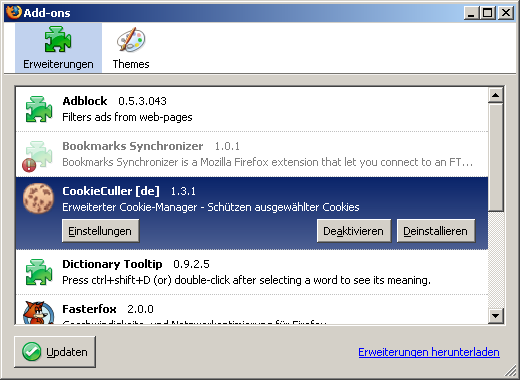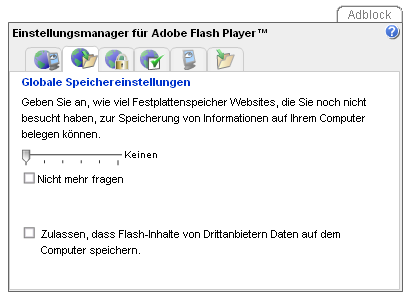I am sending here a trackback to David who asked if a new series of spam email may be
nothing more than an intricate social engineering endeavour and that I’ve been duped into responding in this way.
I found me also answering an email where a 15 year old asked (after having smoked a few cigarettes) if she will now have an increased lung cancer risk. Only 10 minutes later at the coffee machine I heard that a dozen people had just answered exactly the same email. Think of it like an April Fool’s joke, yea, yea.




